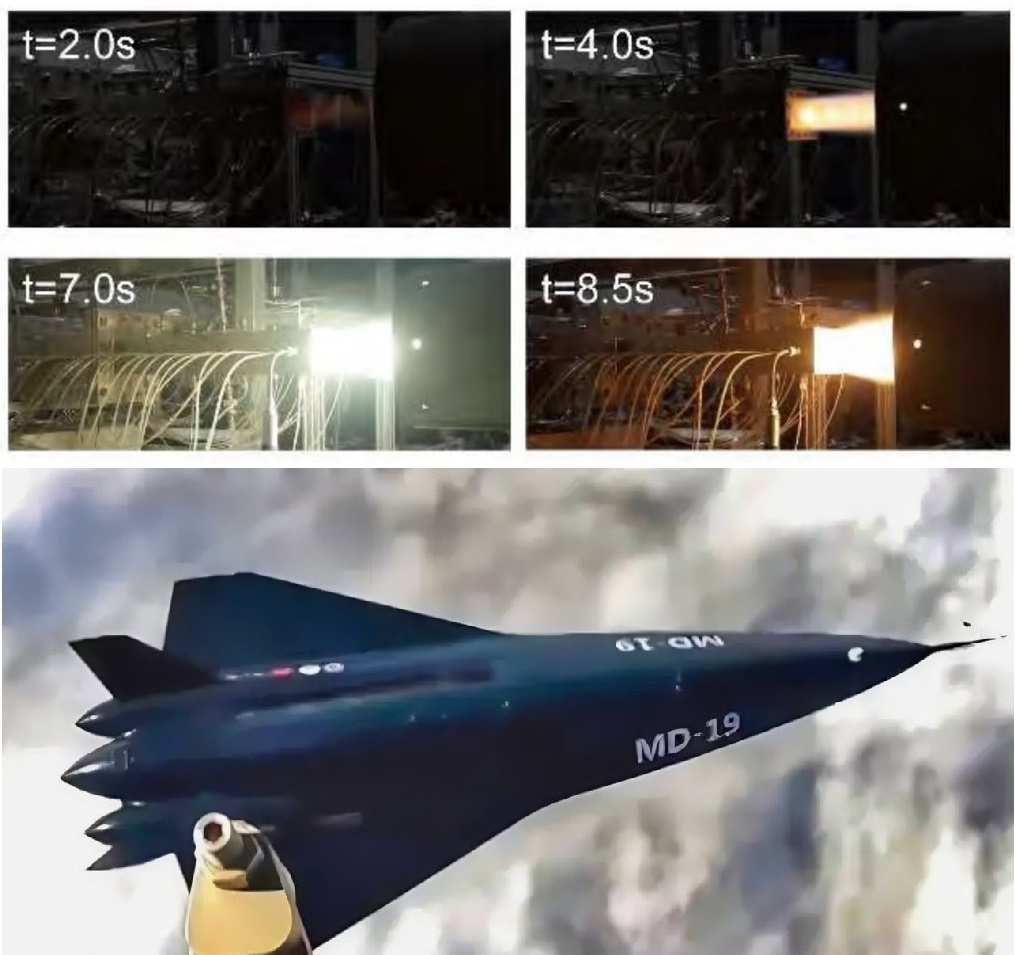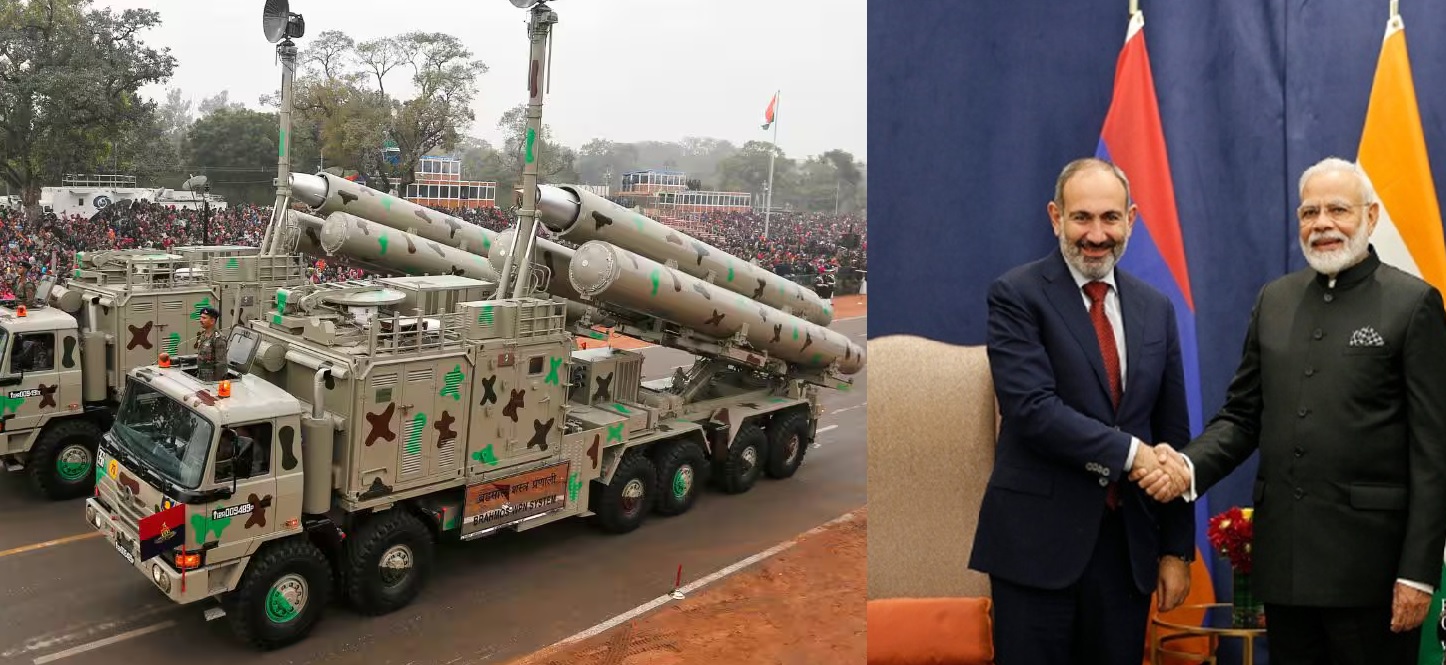HAL to Invest 30% of Its Own Funds in Deck-Based Multi Role Helicopter Program Pending Final CCS Approval

In a significant step toward advancing India’s naval aviation capabilities, Hindustan Aeronautics Limited (HAL) has committed to funding 30% of the design and development costs of the Deck-Based Multi Role Helicopter (DBMRH) project from its own internal resources. The remaining 70% of funding will be provided by the Government of India (GoI), pending final approval from the Cabinet Committee on Security (CCS) for full-scale execution.
This strategic investment underscores HAL’s confidence in the DBMRH program, a next-generation maritime helicopter designed to operate from Indian Navy and Coast Guard ships, including destroyers, frigates, and aircraft carriers.
A Major Step Toward Self-Reliance in Naval Aviation
The DBMRH is being developed as an indigenous alternative to foreign naval helicopters such as the MH-60R Seahawk. The project aims to meet the Navy’s long-standing requirement for a multi-role helicopter capable of anti-submarine warfare (ASW), anti-surface warfare (ASuW), search and rescue (SAR), electronic intelligence (ELINT), and utility transport roles.
According to HAL, the helicopter will feature foldable main rotor blades and tail — a critical design aspect that allows compact storage aboard naval vessels. As depicted in the folded configuration diagram, the DBMRH measures approximately 5 meters in width, 5.1 meters in height, and 5.1 meters in folded length, allowing efficient hangar storage aboard Indian Navy ships.
Timeline and Development Progress
The DBMRH program has been under preliminary design review by HAL’s Rotary Wing Research and Design Centre (RWRDC) in Bengaluru. The current phase involves the Detailed Design Phase (DDP), with full-scale development expected to begin after CCS approval, which is anticipated by mid-2026.
-
2023–2024: Completion of conceptual and preliminary design studies.
-
2025: Prototype tooling and system integration setup at HAL’s Helicopter Division.
-
2026: Expected CCS clearance and rollout of the first prototype.
-
2027–2028: Ground runs and maiden flight testing phase.
-
2029 onward: Full flight test campaign and certification leading to production readiness in the early 2030s.
The program is expected to generate a major industrial ecosystem involving private sector partners for avionics, composites, landing gear, and naval mission systems integration.
Technical and Operational Highlights
The DBMRH is expected to weigh around 13 tonnes and feature twin engines derived from proven maritime turboshaft platforms. Its mission suite will likely include:
-
Advanced sonar systems and torpedo launch capability for ASW.
-
Anti-ship missile integration for offensive maritime roles.
-
360° AESA radar, electronic warfare suite, and data-link connectivity with naval command networks.
-
Foldable tail boom and main rotor mechanism to minimize shipboard footprint, as highlighted in the schematic image.
The helicopter’s modular design will allow multiple configurations — from combat and reconnaissance to logistics and humanitarian support — giving it flexibility akin to its Western counterparts.
Strategic Importance for India
The DBMRH is envisioned as the indigenous successor to the aging Seaking Mk.42B/C fleet and will complement imported MH-60R Seahawks. By ensuring that nearly 70% of the project’s investment comes from the government, with HAL contributing the remainder, the project reflects a co-development model aligning with the Atmanirbhar Bharat initiative in defense manufacturing.
If executed on schedule, the DBMRH could become a cornerstone of India’s naval helicopter fleet by the early 2030s — offering self-reliance, strategic autonomy, and export potential to friendly nations seeking multi-role shipborne helicopters.
In essence, HAL’s decision to invest its own resources into the DBMRH underscores its long-term confidence in the platform’s success and market potential. With CCS approval expected soon, the project marks another step toward India’s vision of a fully indigenous, blue-water capable naval aviation ecosystem.
✍️ This article is written by the team of The Defense News.






